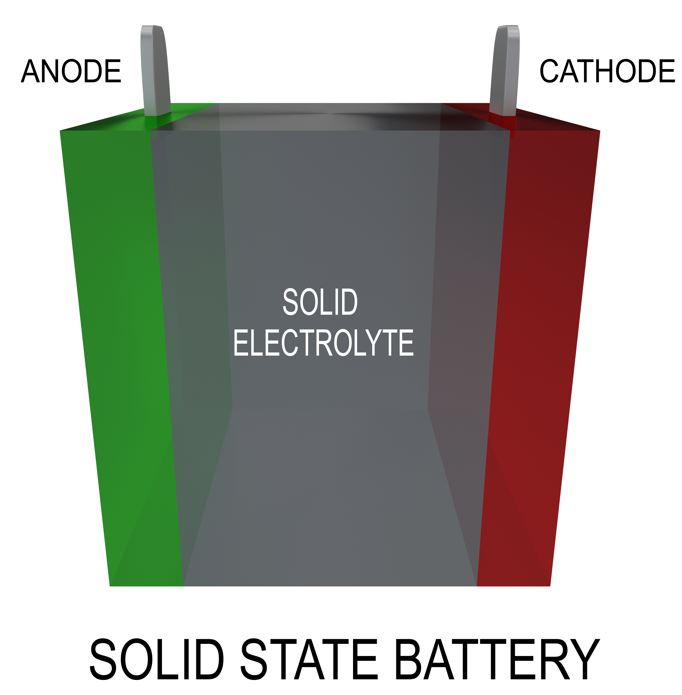Technologies
Lithium-ion Battery
Inventor/Assignee: Zhenhua Mao, Anaba Anani | Current Assignee: Amperex Technology Ltd
Lithium-ion (Li-ion) battery is an advanced battery technology that uses lithium ions as a key component of its electrochemistry. During a discharge cycle, lithium atoms in the anode are ionized and separated from their electrons.
Drivetrain Technology
Inventor/Assignee: Takeo Aizawa, Taiichi Onoyama | Current Assignee: Nissan Motor Co Ltd
Drivetrain is the assembly of all the components that are involved in the transmission of the power from the engine of the vehicle to its wheels.
Lithium-sulphur Battery
Inventor/Assignee: Zhengcheng Zhang, Wei Weng, Nasim Azimi | Current Assignee: UChicago Argonne LLC
Lithium-sulphur batteries, which are lighter and cheaper than today’s models, may be the next generation of power cells that we use in electric cars or mobile phones – if scientists can get them to last for longer.

Solid-state Battery
Inventor/Assignee: Jr Donald C Freeman | Assignee: Union Carbide Corp.
Solid-state battery technology uses solid electrodes instead of the liquid or polymer gel electrolytes found in lithium-ion or lithium polymer batteries.
Aluminium-ion Battery
Inventor/Assignee: Rahul Mukherjee, Nikhil A. Koratkar | Assignee: Everon24 Inc.
Aluminium-ion batteries are a class of rechargeable batteries in which aluminium ions provide energy by flowing from the battery's positive electrode, the anode, to the negative electrode, the cathode.
Lithium-polymer Battery
Inventor/Assignee: Takaki Mori, Takeshi Koike, Hyung-bok Lee | Samsung SDI Co Ltd
Lithium-polymer cells have evolved from lithium-ion and lithium-metal batteries. Lithium-polymer batteries are lighter and more flexible than other kinds of lithium-ion batteries because of their soft shells
Metal-air Battery
Inventor/Assignee: Emanuel G Katsoulis, John J Prescia | Assignee: Leesona Corp.
Metal–air batteries are a promising technology that could be used in several applications, from portable devices to large-scale energy storage applications. Metal-air batteries are a family of electrochemical cells powered by metal oxidation and oxygen reduction.
Nickel Metal Hydride Batteries
Inventor/Assignee: Stanford R. Ovshinsky | Assignee: Ovonic Battery Company
Nickel metal hydride batteries consist of a positive plate containing nickel hydroxide as its principal active material, a negative plate mainly composed of hydrogen-absorbing alloys, a separator made of fine fibers, an alkaline electrolyte, a metal case and a sealing plate provided with a self-resealing safety vent.
Wireless inductive charging allows an electric vehicle to automatically charge without the need of cables. For the wireless charging technologies, different EV models can share their charging infrastructure if the same wireless power transfer technology is adopted
Pop-up chargers are designed to be flush with the pavement, so they do not interfere with walkways or create trip hazards. Until it is activated by a user, the charging portion of the device is hidden underground.



